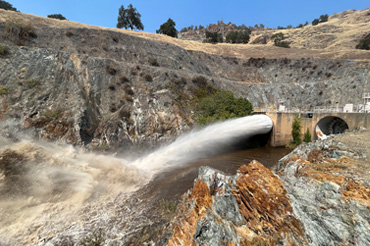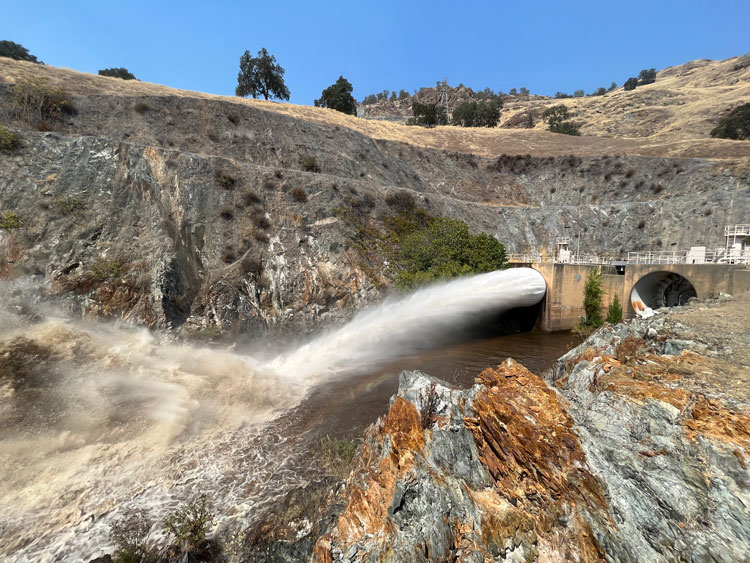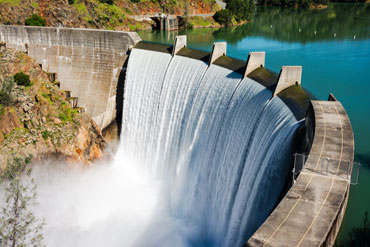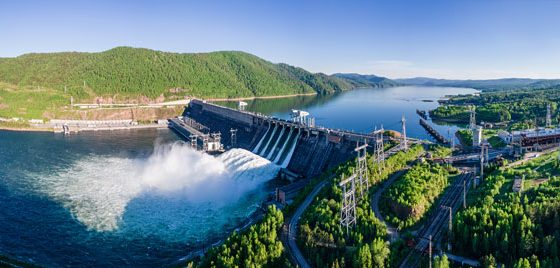Crafting the Blueprint of a Power Plant Maintenance Program
Randy Bowersox, PE; Jonny Rogado, PE, SPRAT I
Operation and maintenance (O&M) is the lifeblood of power generation. Without a diligent O&M program, even the best-designed power plants will come to a screeching and grinding halt—a scenario no operator wants to encounter. The challenge, however, lies not in recognizing the need for maintenance but in designing, implementing, and continuously improving the maintenance programs that underpin the reliable operation of these plants.
Critical Components of Power Plant Maintenance Program Design
Many O&M personnel inherit existing programs without the blueprint to assess their efficacy or the knowledge to adapt them as necessary. The process of change, often mired in complex management programs, can seem daunting. Yet, change is essential for progress, and every employee, regardless of rank, has the potential to be a champion of this evolution.
A comprehensive maintenance program is not monolithic but is comprised of several critical components:
Asset Register: Understanding and documenting a facility’s critical assets involves categorizing assets into electrical, mechanical, and civil segments at a minimum and recognizing the unique needs and maintenance strategies each category demands. Establishing an asset register is collaborative, requiring input from experts in diverse disciplines, such as control systems, communications, and civil infrastructure, to ensure all bases are covered.
Maintenance Basis: Determining the basis of your maintenance strategy is crucial. Whether it’s regulatory compliance, manufacturer recommendations, industry best practices, or risk-based justification, documenting the reason and logic for each maintenance task will guide its development and execution. Understanding the potential fallout of maintenance failure is also key, underscoring the importance of a well-thought-out routine maintenance strategy that encompasses safety, efficiency, and risk management.
Maintenance Flavors: Maintenance operations can include a mix of reactive and proactive maintenance strategies and come in various “flavors,” each with advantages. Corrective maintenance addresses issues as they arise, preventive maintenance aims to keep equipment in optimal condition, and predictive maintenance uses data and analytics to foresee and prevent future failures. A balanced approach that leverages all three strategies can lead to the most effective maintenance program.
Systems for Tracking: Implementing a computer maintenance management system (CMMS) like Maximo, Accruent Maintenance Connection, or SAP CMMS can streamline the tracking and management of maintenance activities. These systems offer a robust platform for scheduling, documenting, and analyzing maintenance tasks, making it easier to identify trends, anticipate needs, and allocate resources effectively.
Navigating Power Plant Maintenance Program Challenges
Even the best-laid plans encounter obstacles. From the inertia of over-commitment and the reactive nature of “break-fix” scenarios to the pitfalls of knee-jerk reactions and standardization constraints, maintenance programs are most effective when agile and adaptable. Recognizing and addressing these challenges head-on is essential for maintaining the integrity and efficiency of power plant operations.
1. Over-Commitment
Maintenance programs often call for more tasks than can realistically be completed with the available resources and time. This over-ambition can lead to essential tasks being neglected or done poorly, ultimately choking the effectiveness of the maintenance efforts. Prioritizing tasks based on risk is crucial to ensure a balanced and achievable maintenance schedule.
2. Recovering from Break-Fix
Despite best efforts, unforeseen breakdowns happen, derailing the planned maintenance schedule. The challenge then becomes how to effectively recover from these incidents without compromising regulatory deadlines or skipping essential preventive maintenance tasks. Flexibility in the maintenance plan is vital to accommodate urgent repairs while minimizing overall operational impact.
3. Knee-Jerk Reactions
In response to a significant failure, there’s a tendency to hastily add additional tasks to maintenance programs, often leading to a disproportionate emphasis on the recent issue at the expense of other essential aspects. Such reactive measures can inflate the maintenance workload, skew priorities, and reduce long-term reliability. A more measured approach includes a thorough root cause analysis, best practice troubleshooting techniques, and the overall maintenance strategy.
4. Standardization/Centralization
The push for a one-size-fits-all maintenance program across different assets or departments can lead to inefficiencies, as it fails to account for each asset’s unique needs, operating conditions, and challenges. While standardization aims to simplify maintenance processes, it’s essential to allow for customization to ensure each asset receives the care it requires for optimal performance.
5. Static Program
Maintenance programs that do not evolve become less effective, as they may not reflect the current state of the assets, technology advancements, or learned best practices. Your power plant may be 30+ years old, but your maintenance program shouldn’t be. A static program can overlook emerging issues or continue outdated practices that no longer offer value. Continuous maintenance strategy evaluation and updating are necessary to adapt to changing conditions and knowledge.
6. People
The success of a maintenance program heavily relies on the people involved, from the planning stage to execution. Human factors such as biases, skills, and organizational culture significantly influence the program’s effectiveness. Recognizing and addressing these human elements, including fostering a culture of continuous improvement and effective communication, is critical.
7. Too Many Stakeholders
When too many individuals or departments have a say in the maintenance program, making changes or improvements can become a bureaucratic nightmare. The challenge lies in balancing the input from various stakeholders without making the process so cumbersome that it hinders progress. Streamlining decision-making processes and clearly defining roles and responsibilities can help mitigate this issue.
Learn More About Designing a Power Plant Maintenance Program
Our related webcast, “Keeping the Megawatts Flowing: Best Practices in Power Plant Maintenance Design,” offers additional content about designing and implementing a robust maintenance program. You can participate in this free, on-demand learning opportunity and earn one professional development hour (PDH) and one Construction Manager Certification Institute (CMCI) credit. We’d love to learn more about your maintenance program challenges. Please reach out, and let’s start a conversation!
Watch a 30-second clip from the webcast:










